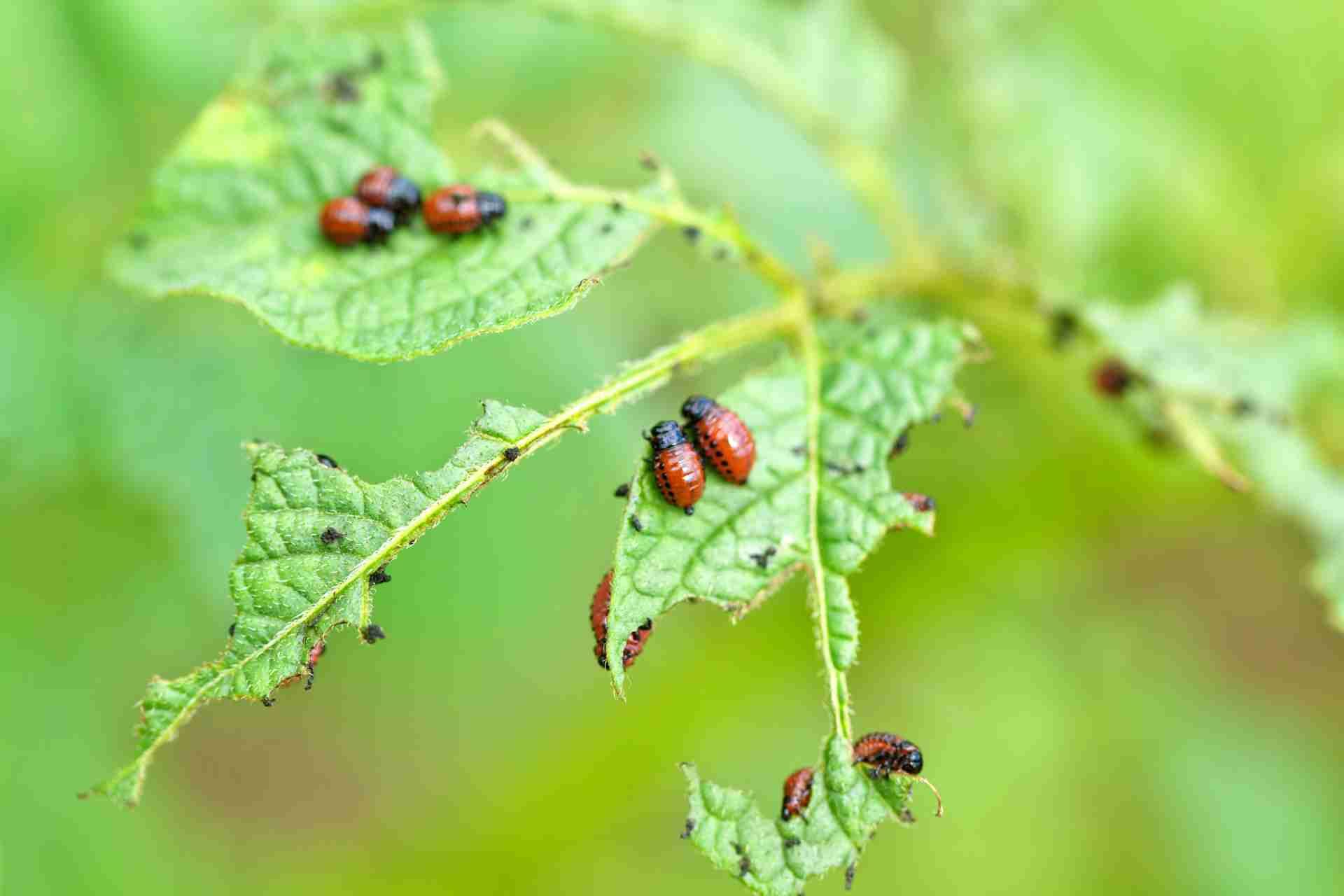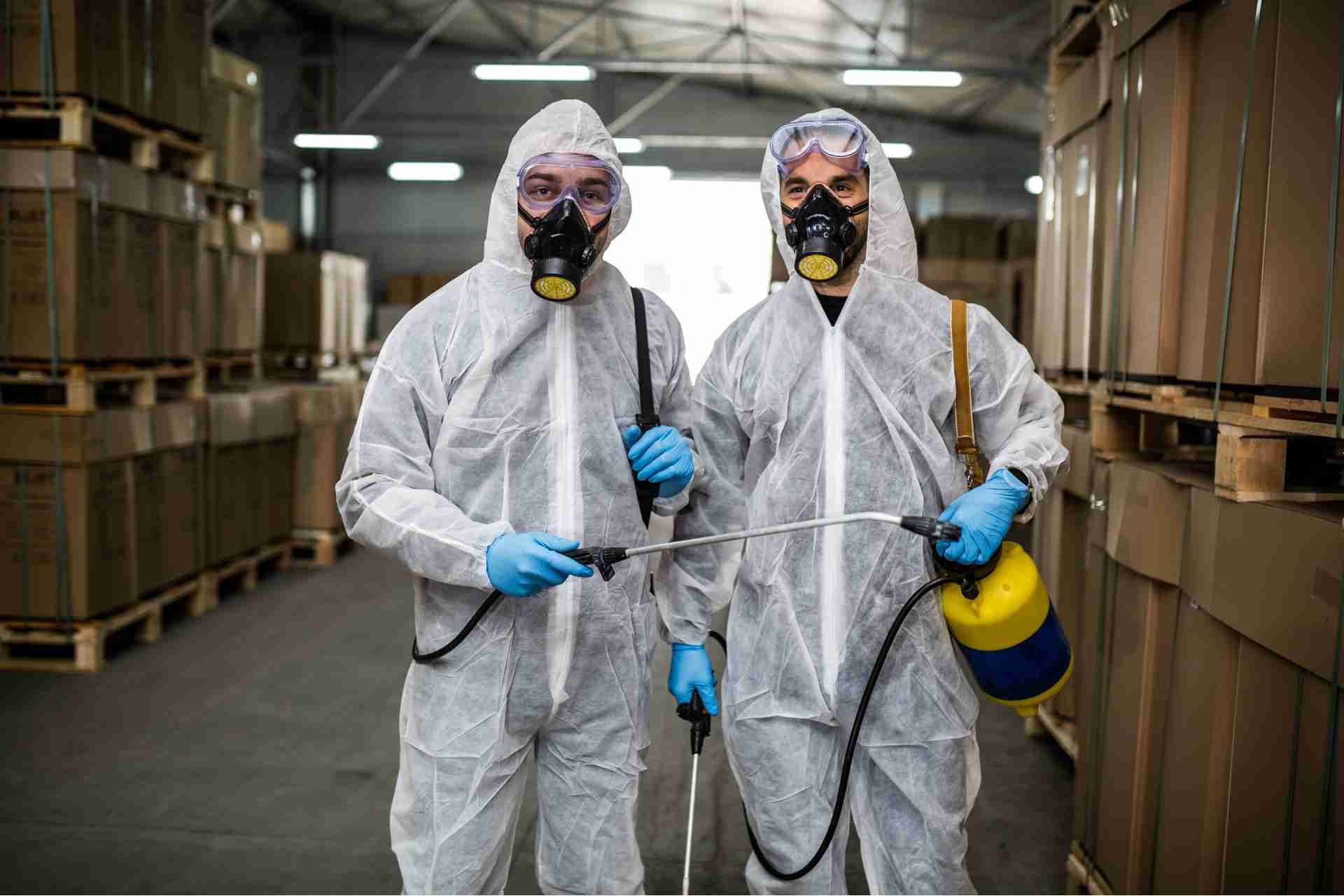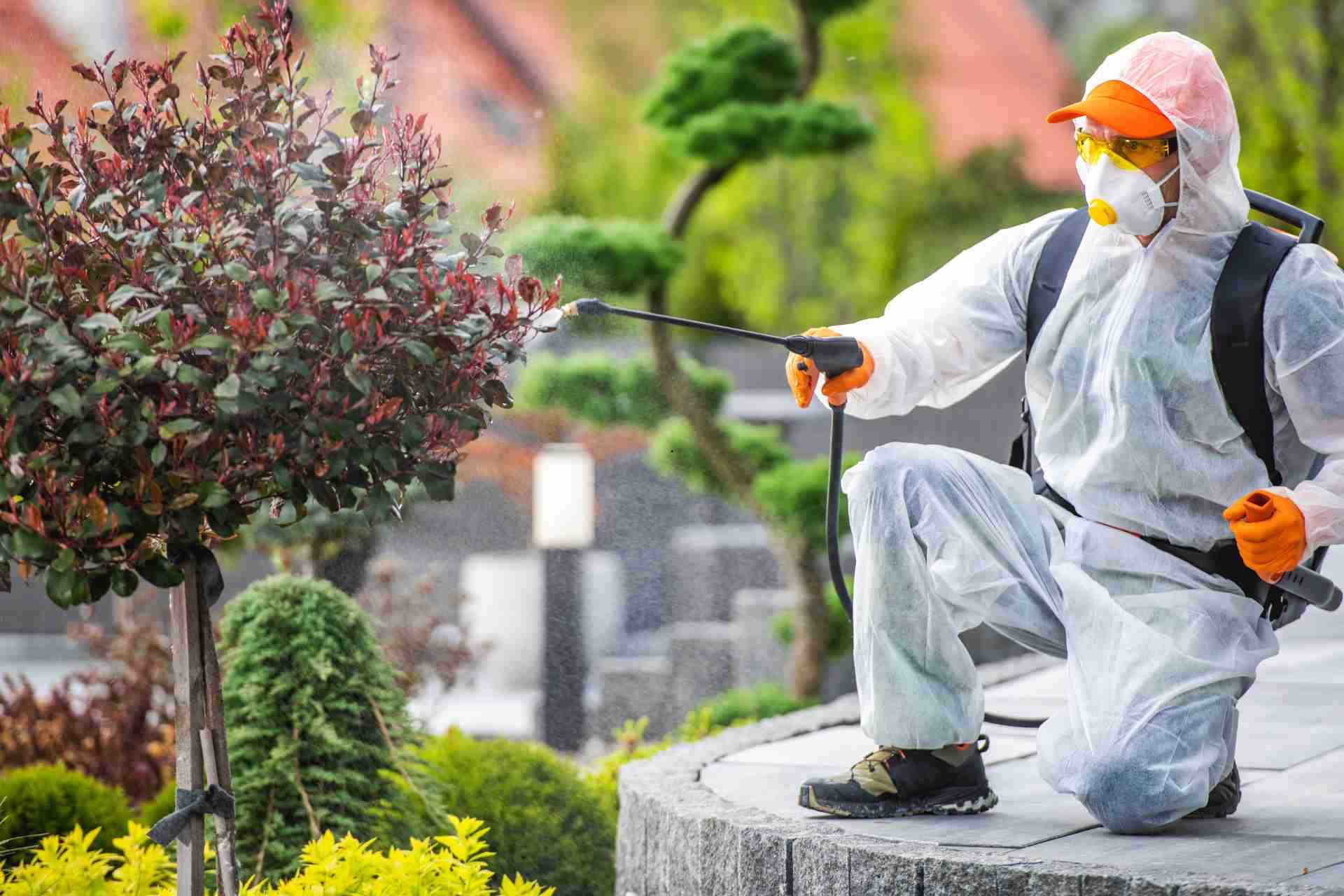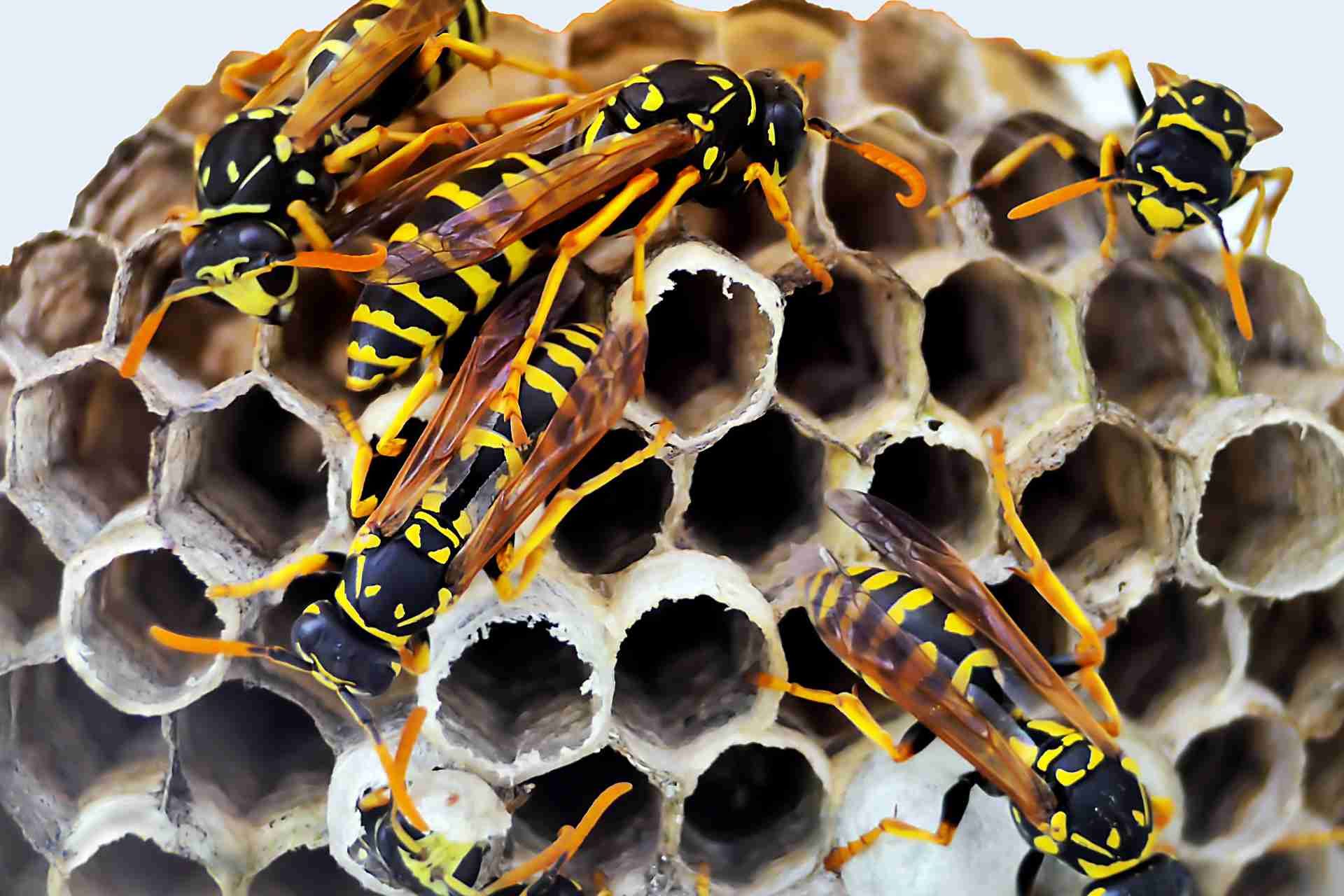Pests in the Attic: How to Identify and Remove Them Safely
If you've noticed strange noises or signs of damage in your attic, you might have a pest problem. Common invaders like rodents, squirrels, and bats can wreak havoc on your home and health. Identifying these pests early is crucial, but so is knowing the safest way to handle them. Before you take any action, it's important to understand the potential risks and effective removal methods. Let's explore what you need to know.
Common Pests Found in Attics
When you venture into your attic, you might be surprised by the variety of pests that have taken up residence there.
Common culprits include rodents, such as mice and rats, who seek warmth and food. You may also encounter squirrels, which can cause significant damage by gnawing on wires and insulation.
Bats sometimes find their way into attics, bringing concerns about droppings and potential diseases.
Insects aren't to be overlooked either; carpenter ants and termites can silently feast on wooden structures, compromising their integrity.
You might even find wasps building nests if your attic offers a cozy shelter.
Identifying these pests early is crucial to prevent damage and maintain a safe environment in your home.
Signs of Rodent Infestations
Detecting rodent infestations early can save you from costly repairs and health risks. Look for droppings, which are often found near food sources or along walls.
You might notice gnaw marks on wood, insulation, or wires—these indicate active rodents. Listen for scratching or squeaking sounds, especially at night when rodents are most active.
If you find nesting materials like shredded paper or fabric, that's another red flag. Additionally, unpleasant odors can signal a rodent problem.
Check for entry points, such as gaps around pipes or vents, where they may be entering your attic. By being vigilant and recognizing these signs, you can take action before the infestation escalates.
Identifying Insect Infestations
How can you tell if insects have taken up residence in your attic? Start by looking for signs like droppings, shed wings, or tiny holes in wood.
You might also notice unusual stains or a musty odor, which can indicate mold from moisture caused by insect activity.
Listen closely; rustling or buzzing sounds can hint at a hidden infestation.
If you spot webs or find dead insects, that's a clear sign something's amiss.
Check for trails or pathways along beams, which insects often use.
You may even see them crawling around, especially at night.
Don't overlook these clues—acting quickly can prevent a more severe problem and keep your attic pest-free!
Recognizing Bird and Bat Issues
Sometimes, homeowners overlook the signs of birds or bats making their home in the attic. You might hear soft chirping or squeaking sounds, especially at dawn or dusk, which indicates these creatures are nearby.
Look for droppings on ledges or the ground below; bird droppings often appear white and chalky, while bat droppings resemble small pellets. If you notice nesting materials like twigs or feathers, that's a clear sign of birds.
Additionally, check for small holes or gaps in your roof or eaves, as these are potential entry points. If you spot any of these signs, it's crucial to address the issue promptly to prevent further complications in your home.
Health Risks Associated With Attic Pests
While you may not realize it, attic pests can pose significant health risks to you and your family.
Rodents and bats, for instance, can carry diseases like hantavirus and histoplasmosis, which can be transmitted through droppings and urine. These pathogens can lead to severe respiratory issues if inhaled or come into contact with broken skin.
Additionally, insect pests such as fleas and ticks can hitch a ride into your home, spreading infections and causing allergic reactions. The droppings, urine, and nesting materials from these pests can also trigger asthma and other allergies.
It's crucial to address any pest infestations promptly to safeguard your health and maintain a safe living environment for your loved ones.
Don't underestimate the potential dangers lurking in your attic.
Preventive Measures to Keep Pests Away
To effectively keep pests out of your attic, it's essential to take proactive steps that address potential entry points and attractants.
First, inspect your attic for gaps, cracks, or holes and seal them with appropriate materials like caulk or steel mesh.
Next, ensure that vents and chimneys are capped properly to prevent unwelcome guests.
Also, keep your attic clean and clutter-free, as debris can provide hiding spots for pests.
Store items in airtight containers to deter rodents and insects.
Additionally, maintain proper ventilation and humidity levels to discourage mold and pests.
Finally, regularly check for signs of pests and address issues promptly.
Safe Removal Methods for Attic Pests
When dealing with pests in your attic, choosing safe removal methods is crucial for both your home and the environment.
Start by sealing entry points, which prevents pests from returning. You can use traps like humane catch-and-release options for rodents or sticky traps for insects. Always place these traps in areas where pets and children can't reach them.
For larger pests, consider using natural repellents, such as peppermint oil or vinegar solutions, to deter infestations. If you find nests, carefully remove them using gloves and a mask, and dispose of them outside.
Make sure to clean the area thoroughly to eliminate any residual scents that could attract more pests. Remember, patience is key when dealing with attic pests!
When to Call a Professional Exterminator
How can you tell if it's time to call a professional exterminator for those pesky attic pests?
If you've tried DIY methods without success, it's likely time to reach out for help.
When you notice a significant infestation, such as droppings or nests, don't hesitate to act.
If you hear constant noises or see signs of damage to your insulation or wiring, that's another clear indicator.
Additionally, if you're dealing with potentially dangerous pests like raccoons or bats, it's crucial to call in the experts.
Remember, handling these pests on your own can be risky, both for your safety and your home.
Don't wait—getting a professional involved can save you time, money, and hassle in the long run.
Conclusion
In conclusion, keeping your attic pest-free is crucial for your home's health and safety. By recognizing the signs of infestations and taking preventive measures, you can minimize risks. If you encounter significant issues, don't hesitate to call a professional exterminator to handle the situation safely. Remember, regular inspections and maintenance can go a long way in keeping unwanted visitors at bay, ensuring your attic remains a clean and safe space for you and your family.


